
Source: Amanda Edwards / Getty
“Harriet” Recounts Harriet Tubman’s Life’s Work To Abolish Slavery
The costume designer charged with envisioning Harriet Tubman’s clothing when she was a young woman said he wanted to steer clear of the austere public image she had in old age.
Paul Tazewell said he took inspiration from daguerreotypes from the 1800s for lead actress Cynthia Erivo’s custom made period costumes for the biopic “Harriet,” but also wanted the clothes to convey her superhero status in both American history and the Black Experience.
Tazewell – who also served as the costume designer for “Hamilton” on Broadway – said he came across one little known image of Tubman dressed elegantly in her younger years, the opposite of the widely disseminated image of her as a headscarf clad somber-looking senior citizen.
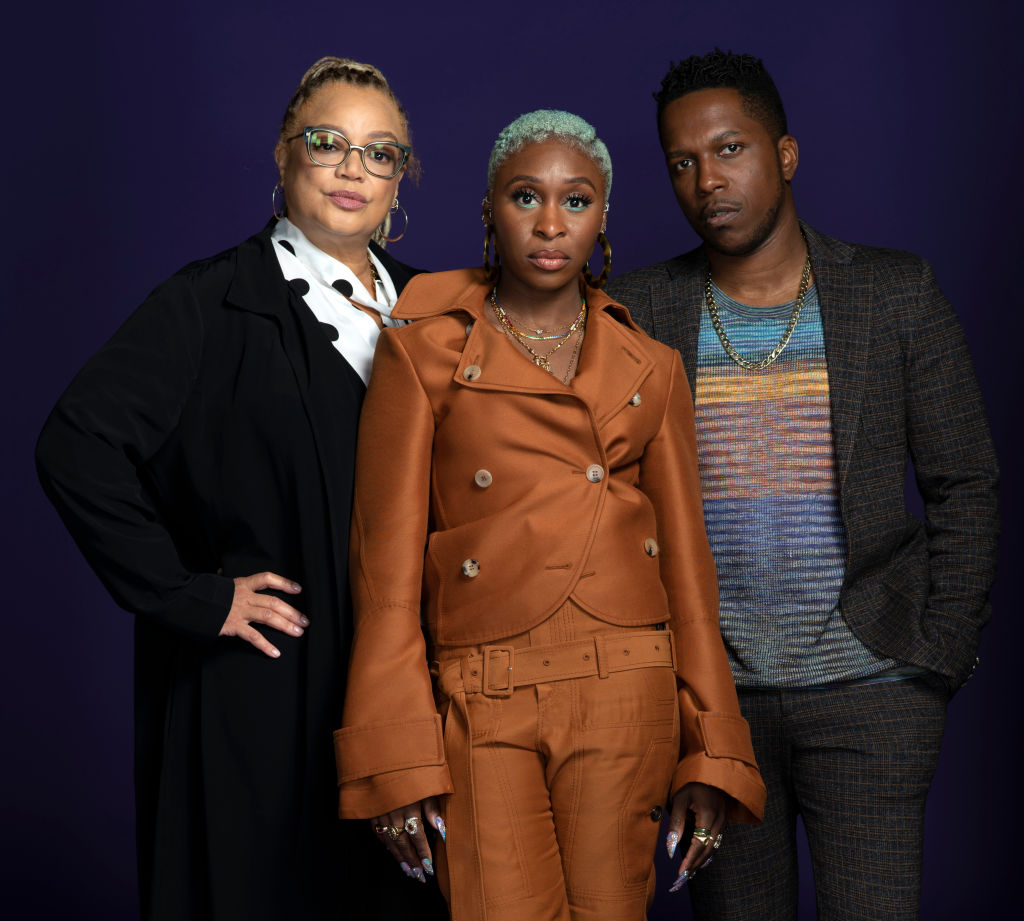
Source: The Washington Post / Getty
“You get a broader sense of who Harriet might have been and what her influences were,” Tazewell said. “I think that set me off on the idea of how we can create a visual arc for Harriet that stays broader than what we might assume from those more well-known photographs.
Harriet’s clothes have their own story arc: the tattered old dress she wore when she was enslaved gave way to refined frocks and menswear, with a revolver slung at her hip, Tazewell said.
“I think what became important for Kasi (Lemmons, the director) was to help to envision Harriet Tubman as a power icon, as a woman who was capable of huge things,” Tazewell said. “And in doing that, I hope that the clothes, the color, and the texture, as we see her evolve, that it moves the audience to get a sense of the intensity of what she was facing and what she overcame.”


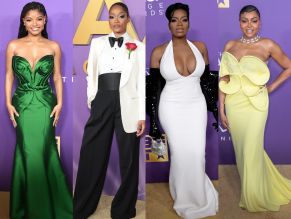
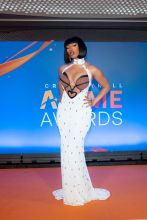
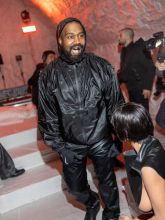
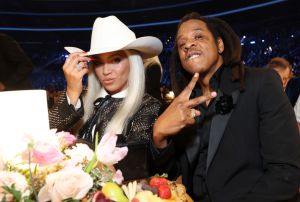
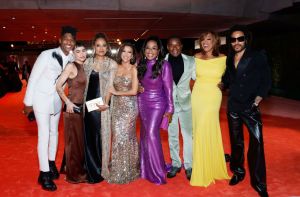
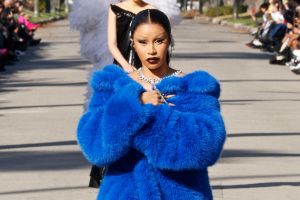
Comments
Bossip Comment Policy
Please read our Comment Policy before commenting.